Rehabilitating brownfields plays a significant role in community revitalization, historic preservation, property renovation, and private investment. The positive effects from cleaning up brownfields ripple throughout the community leading to other investments and community revitalization projects, creating positive change and economic development opportunities. The land where the brownfield is located can be valuable and centrally located, which is why it was developed in the first place. Repurposing that site can transform communities. The bottom line is brownfields have lots of potential, but they need a little extra TLC. Thankfully, the New Mexico Environment Department (NMED) provides support to assess and clean up brownfields.
A brownfield is a vacant or neglected property/site which may contain contaminants such as asbestos, lead-based paint, heavy metals, or animal waste that potentially exposes the surrounding area to environmental hazards. When property owners/lenders fear liability and consequences from the hazards, brownfields often remain neglected leading to neighborhood blight. Over time, this blight negatively impacts the community’s safety, environment, economy, and confidence.
Despite the complex problems that investors/owners/lenders face when rehabilitating brownfields, there are many resources available to support these important efforts. By addressing these problems with environmental assessments, planning, and cleanup, developers achieve momentous gains in public safety, economic growth, preservation, environmental quality, job creation, aesthetics, neighboring property values, and more.

NMED has state resources for brownfield projects and can provide free environmental site assessments including soil, asbestos, lead paint, and mold testing to eligible entities such as local governments, nonprofits, and Tribes. These free services are even available for privately-owned properties if an eligible entity makes the request in partnership with the owner.
NMED also offers low interest, flexible loans to clean up contaminated sites through their Brownfields Cleanup Revolving Loan Fund; and liability protection and oversight of the assessment/cleanup of contaminated sites through their Voluntary Remediation Program. Free brownfields technical assistance is available to eligible entities and includes facilitation of community visioning for brownfield properties, community brownfield inventories, economic analysis and more.
NMED’s Voluntary Remediation & Brownfields Program Team Leader Savannah Richards said, “This is an exciting time for the Brownfields Program due to an influx of funding from the Bipartisan Infrastructure Law. Since receiving the additional funding in 2022, we have ramped up our pace and funded 30 free environmental assessments totaling approximately $470,000 to communities and Tribes across the state including Gallup, Clayton, Des Moines, Chama, Las Vegas, Santa Rosa, Tucumcari, Raton, Pecos, Columbus, Bayard, Deming, El Prado, Pueblo of San Ildefonso, and Pueblo of Pojoaque. We are also currently funding two asbestos and lead-based paint remediation projects totaling approximately $234,000 in Carrizozo and Magdalena. Now is the time to request funding from our program!”
Tucumcari
Tucumcari’s Train Depot opened in 1926 and operated as a passenger and freight depot. It originally featured dining, baggage, and waiting rooms as well as offices and restrooms. It’s a great example of the Mission Revival architectural style. The depot operated until 1968 and was eventually deeded to the city in 2002. In 2004, NMED assessed the historic property and determined that asbestos and lead-based paint in the depot required cleanup.
In 2008, the City of Tucumcari and Tucumcari MainStreet invested $1.8 million to restore the building to its original glory. New Mexico MainStreet (NMMS) provided Capital Outlay funding in the amounts of $157,000 in FY13 for the depot; and $70,000 in FY16, $150,000 in FY19, $600,000 in FY20, and $400,000 in FY22 for Tucumcari’s Great Blocks on MainStreet project which includes the depot’s surrounding area. Tucumcari’s Great Blocks project provided improvements such as sidewalk replacement, new lighting, water drainage, benches, trash receptacles, bike racks, artwork, and landscaping in the two blocks on Second St. between Main and Aber, and two blocks on Main Street between 1st and 3rd Streets.
The Railroad Museum opened in 2017 to display the wealth of historic artifacts and photographs left in the depot since the 1920’s, and Tucumcari MainStreet took over museum operations in 2020. NMMS held their annual Fall Conference at the depot in 2019, and Tucumcari Mainstreet has hosted private events, historic walking tours, and other special events in the historic building ever since. Tucumcari MainStreet’s offices are located in the depot where they continue to work on revitalizing the property.
Tucumcari MainStreet’s Executive Director Connie Loveland said, “Preserving the Historic Railroad Depot in Tucumcari isn’t just about saving bricks and mortar, it’s about safeguarding our town history, preserving the location and its stories, and ensuring a vibrant future is anchored in our heritage. Almost 100 years later, our Depot stands as a gathering place for the community and a symbol of Tucumcari’s rich history, where memories continue to be made. Tucumcari MainStreet is looking forward to continuing the restoration efforts in the East Room of the Depot as we celebrate the centennial in 2026.”
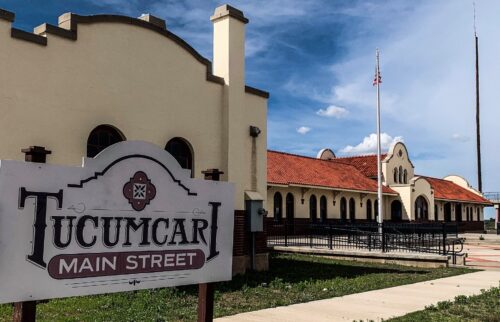
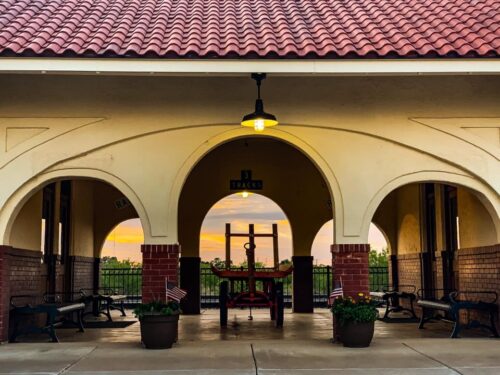
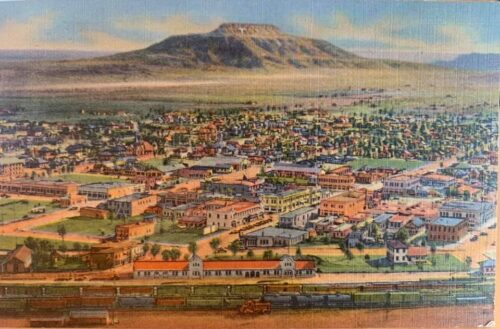
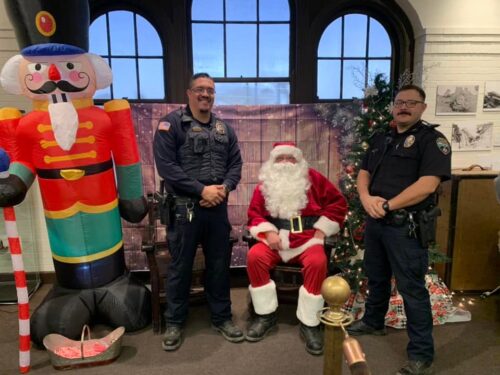
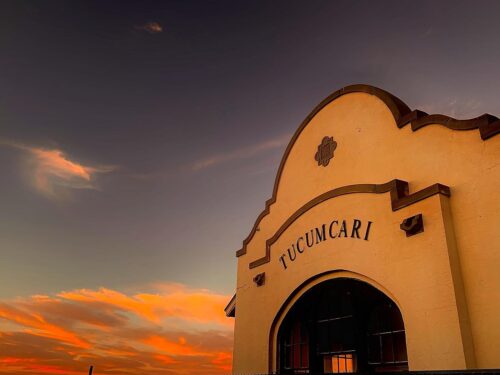
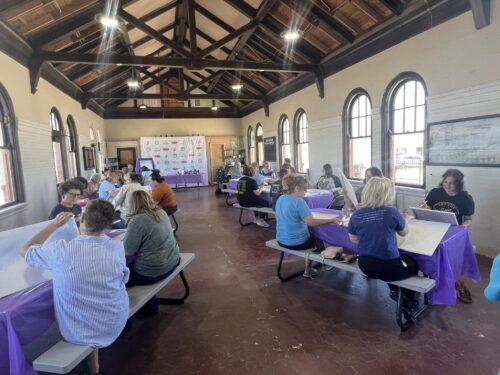
Photos courtesy of Tucumcari MainStreet.
Clovis
Hotel Clovis was built in 1929 and is nine stories tall. It’s a great example of the Art Deco architectural style in a Southwest theme. It became vacant in 1983 and was acquired by the city in 2003 through foreclosure. Since the property is a prominent architectural feature in downtown Clovis MainStreet, the city developed a task force to determine its best use and explore financing options for its rehabilitation rather than demolishing it.
From 2008-10, the City of Clovis received $230,000 from the EPA’s Brownfields program, and $300,000 from NMMS for the project. Hotel Clovis was also eligible for affordable housing and historic tax credits through the public/private partnership the city developed with Tierra Realty, who manage and operate the property. The brownfields assessment determined the main issues that needed to be addressed for safety included removal of asbestos, lead-based paint, and pigeon guano.
The Hotel Clovis adaptive reuse project was completed in 2012 and provided 60 housing units, 8,000 sq ft of commercial retail space, a 4,000 sq ft ballroom, and community gardens. The project is LEED Platinum certified, built with recycled materials and includes solar panels. The entire construction project brought $300,000 of GRT revenue to the city and provided many jobs during and after construction.
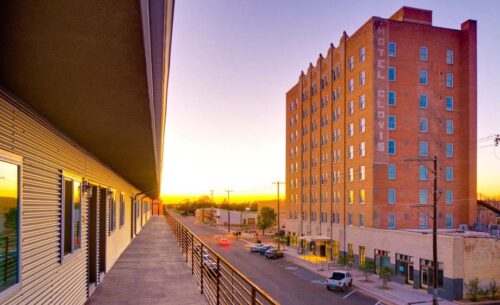
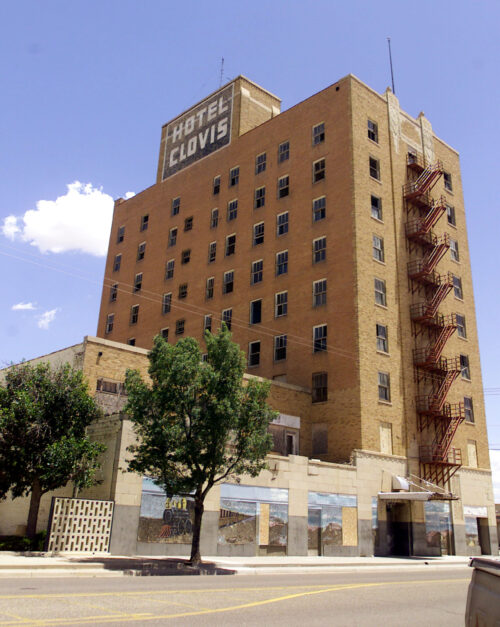
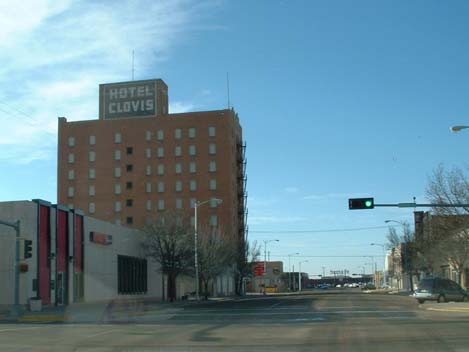
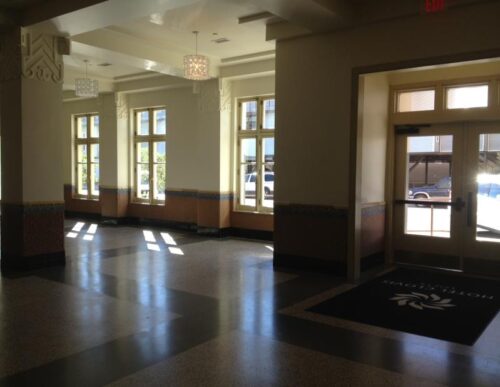
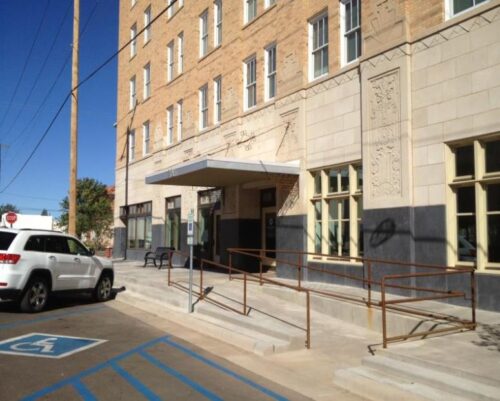
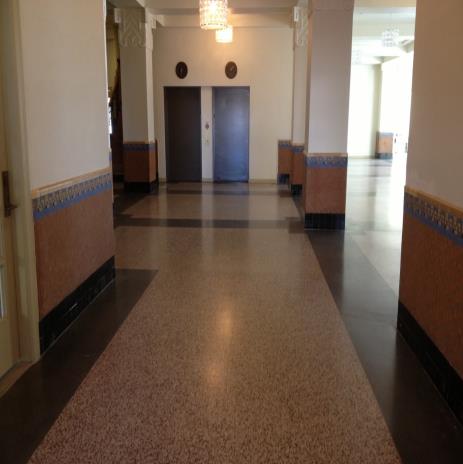
Photos courtesy of Clovis MainStreet.
To learn more about NMED’s Brownfields program, visit env.nm.gov/gwqb/brownfields-program or contact Savannah at savannah.richards@env.nm.gov or (505) 670-2221.
###





